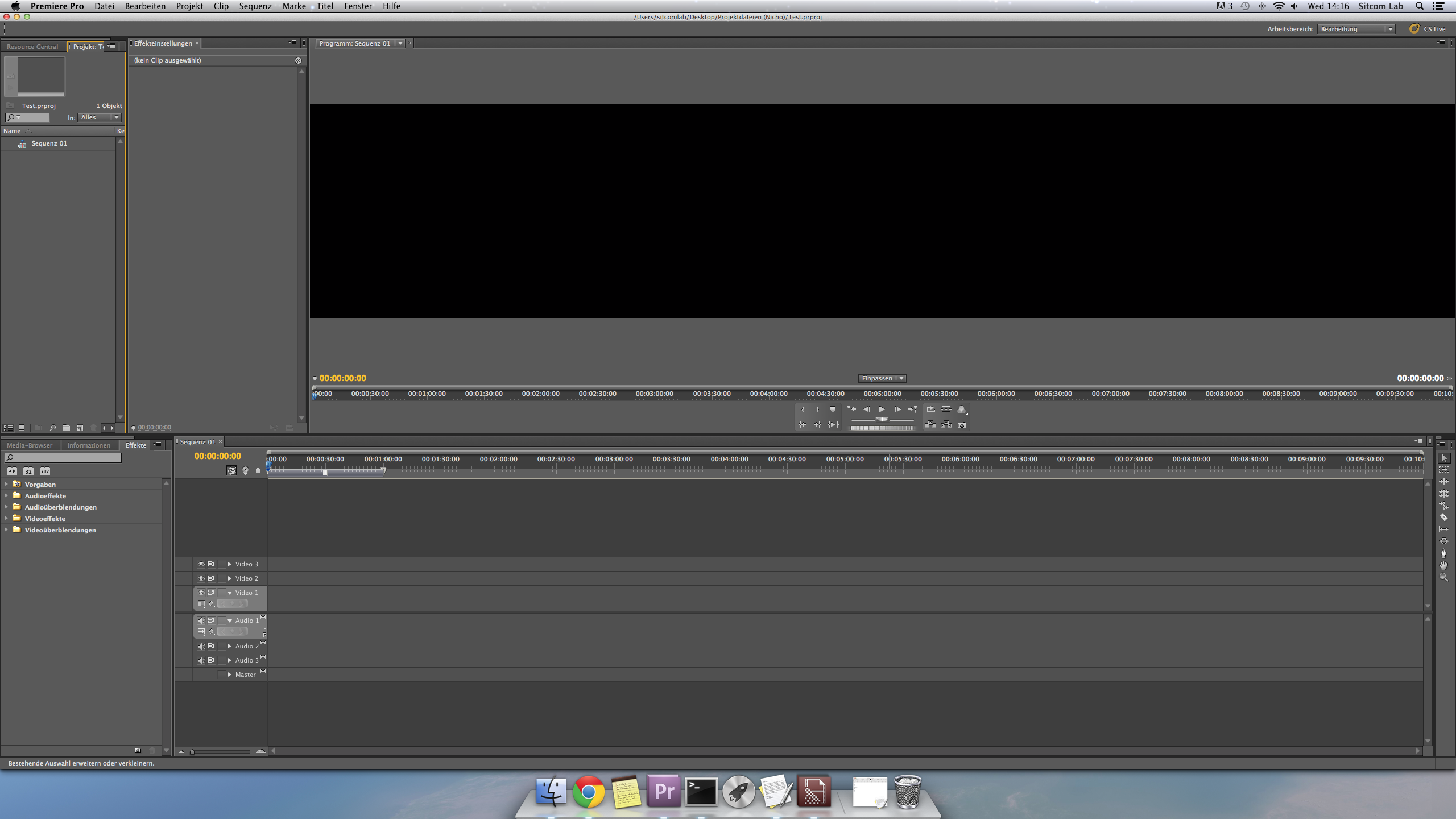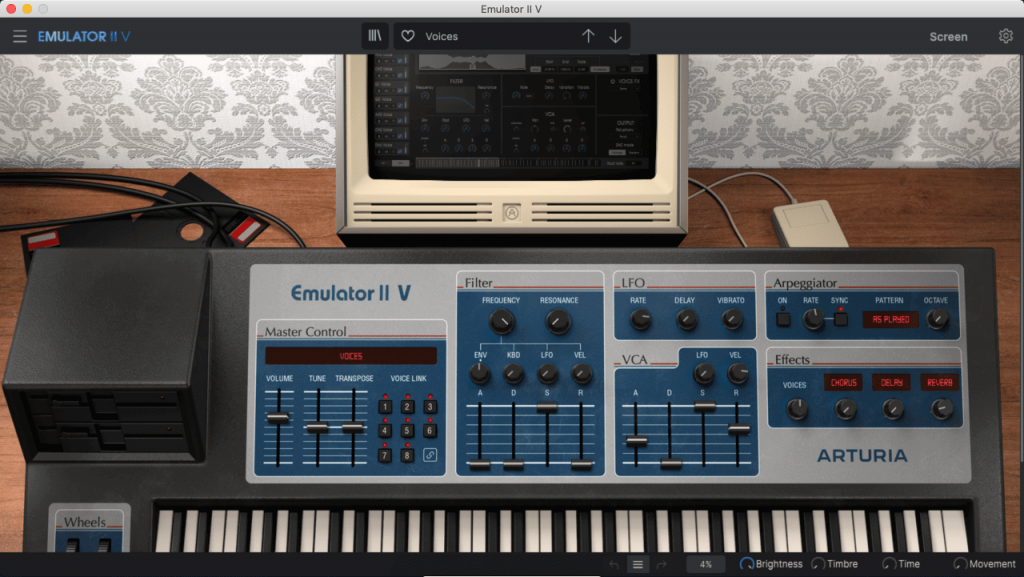

As explained by Jay Holben in American Cinematographer Magazine, "The telecine didn't truly become a viable post-production tool until it was given the ability to perform colour correction on a video signal." How telecine coloring works The early telecine hardware was the " film chain" for broadcasting from film and utilized a film projector connected to a video camera. The heart of this system was the kinescope, a device for recording a television broadcast to film. Live television shows could also be recorded to film and aired at different times in different time zones by filming a video monitor. This was before 1956 when Ampex introduced the first Quadruplex videotape recorder (VTR) VRX-1000. With the advent of television, broadcasters quickly realised the limitations of live television broadcasts and they turned to broadcasting feature films from release prints directly from a telecine. This process is used wherever film materials are being reproduced. For complex work such as visual effects shots, " wedges” running through combinations of filters were sometimes processed to aid the choice of the correct grading. Filter settings were changed on the fly to match the printer lights that were on the paper tape. These settings were then punched onto a paper tape and fed to the high-speed printer where the negative was exposed through a backlight to a print stock. After the session, the timer would return to the lab and put the film negative on a device (the Hazeltine) which had preview filters with a controlled backlight, picking exact settings of each printer point for each scene. In a film production, the creative team would meet with the “lab timer” who would watch a running film and make notes dependent upon the team's directions. The number of points per stop varied based upon negative or print stock and different presets at film labs.

Color timing is specified in printer points which represent presets in a lab contact printer where 7 to 12 printer points represent one stop of light. By the late 2010s, this film grading technique had become known as color timing and still involved changing the duration of exposure through different filters during the film development process. "Color grading" was originally a lab term for the process of changing color appearance in film reproduction when going to the answer print or release print in the film reproduction chain.


Color grading and color correction are often used synonymously as terms for this process and can include the generation of artistic color effects through creative blending and compositing of different images. Various attributes of an image such as contrast, color, saturation, detail, black level, and white point may be enhanced whether for motion pictures, videos, or still images. A photograph color graded into orange and tealĬolor grading is the process of improving the appearance of an image for presentation in different environments on different devices.


 0 kommentar(er)
0 kommentar(er)
